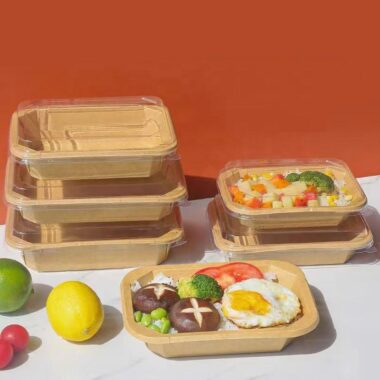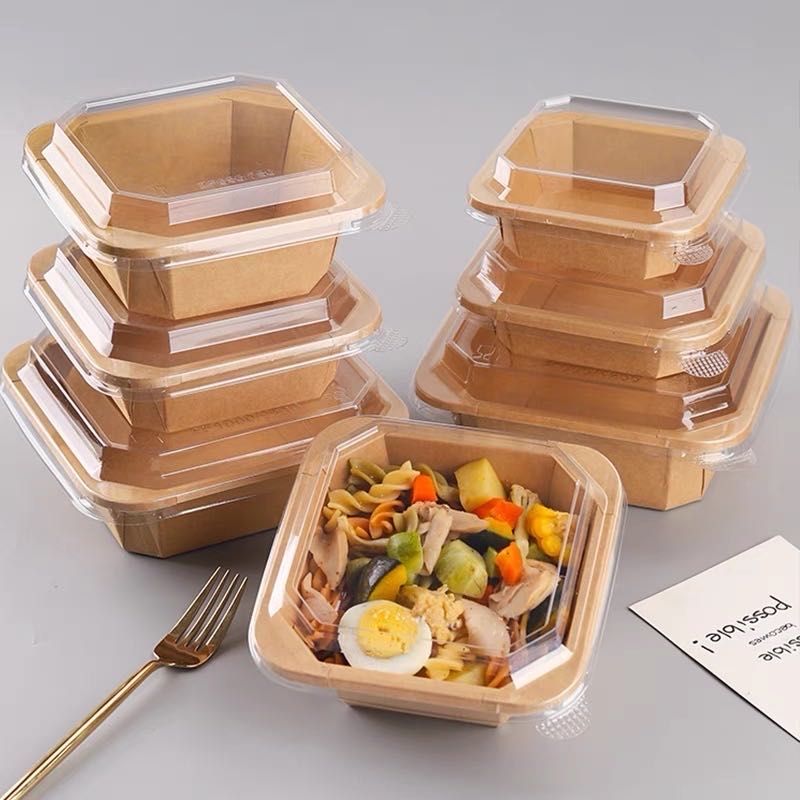🌿 Introduction: A Shift Toward Sustainable Packaging
As sustainability becomes a key focus across industries, paper food containers have emerged as one of the most promising alternatives to plastic. Designed for recyclability, compostability, and versatility, they meet the growing global demand for eco-friendly food service solutions.
Working with a professional Food Container Manufacturer ensures every paper container meets international food safety, environmental, and performance standards — providing both environmental value and commercial practicality.
♻️ 1. From Plastic to Paper: The Industry Transition
Over the past decade, plastic bans and environmental regulations have reshaped the food packaging market. Paper containers now replace traditional plastics in takeaways, catering, and retail packaging because they are:
-
Made from renewable raw materials
-
Easy to recycle or compost
-
Compatible with a variety of coatings for waterproofing and oil resistance
This transition helps brands comply with sustainability goals and enhance their green image in a competitive marketplace.
💧 2. Advanced Coating Technologies for Leak Resistance
Early paper packaging often suffered from leakage and structural weakness. Modern paper food containers manufacturers have solved this through advanced barrier coatings such as:
-
PE (Polyethylene): Provides strong water and oil resistance, suitable for hot foods.
-
PLA (Polylactic Acid): A biodegradable coating made from corn starch, offering compostability and heat resistance up to 100°C.
-
Water-Based Coatings: PFAS-free and recyclable, gaining traction in markets with stricter chemical regulations.
These coatings enable paper containers to safely hold soups, noodles, salads, and desserts without compromising integrity.
🍱 3. Versatility Across Food Service Applications
Paper containers can adapt to a wide range of food packaging scenarios:
-
Soup and noodle cups for hot, liquid-based meals
-
Salad and dessert bowls for cold or mixed ingredients
-
Lunch and snack boxes for takeaway and delivery operations
They are available in multiple capacities and shapes, giving restaurants flexibility to package both dry and wet dishes with ease.
A reliable Paper Food Containers Manufacturer can tailor sizes, lid options, and print finishes to suit brand aesthetics and operational needs.
🌍 4. Environmental and Economic Advantages
Paper packaging supports the circular economy in two key ways:
-
Renewable Sourcing: Paperboard comes from responsibly managed forests and is FSC-certified.
-
End-of-Life Value: Containers can be recycled or composted, returning safely to nature.
In addition, businesses adopting paper containers benefit from lower environmental taxes and improved consumer trust. Many catering brands now highlight “plastic-free” packaging as a selling point — demonstrating environmental responsibility to customers.
🎨 5. Customization and Branding Opportunities
Paper packaging is ideal for creative branding thanks to its printability. Manufacturers offer:
-
Full-color offset printing with soy-based inks
-
Embossed or matte lamination finishes
-
Custom lid fits and window cut-outs for premium product display
Custom-branded paper containers help restaurants and cafés create a cohesive, eco-conscious image that appeals to modern consumers who value sustainability.
✅ Conclusion
Paper food containers represent a powerful shift toward sustainable and high-performance packaging. With innovations in coating technology, material science, and design flexibility, they offer an eco-friendly solution without sacrificing practicality or aesthetics.
Partnering with an experienced Food Container Manufacturer ensures access to certified materials, global export support, and scalable production — helping your brand stay ahead in the green packaging revolution.




















